South America is renowned for its incredible diversity of bird species, earning it the title of “The Bird Continent.” With its vast and varied landscapes, ranging from lush rainforests to expansive grasslands, South America provides a rich and diverse habitat for a multitude of bird species.
From the vibrant macaws of the Amazon to the majestic Andean condors soaring over the mountains, South America is a birdwatcher’s paradise.
The nickname “bird continent” is not without reason, as South America boasts an impressive number of bird species, many of which are found nowhere else on Earth.
In this article, we will explore the reasons why is South America is called Bird Continent, delving into its unique ecosystems, endemic species, and the importance of conservation efforts to protect its avian treasures.
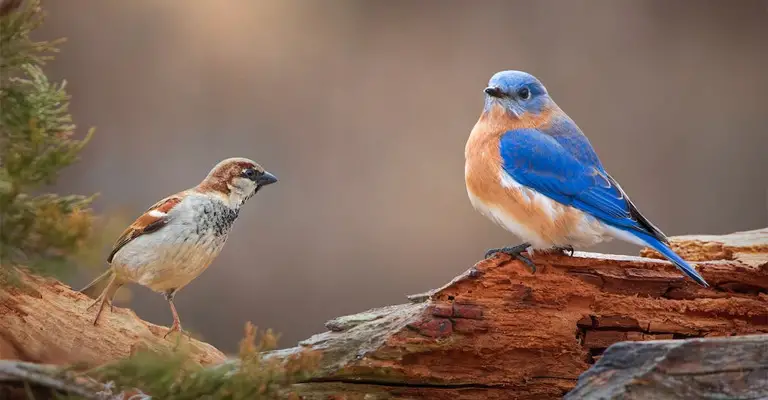
Why Is South America Called Bird Continent?
South America has earned the well-deserved title of “The Bird Continent” due to its remarkable avian diversity. Here are the reasons why South America is rightfully called the Bird Continent:
Geographic Diversity
South America’s geographic diversity plays a significant role in its status as the Bird Continent.
The continent encompasses a wide range of habitats, including the Amazon rainforest, the Andes Mountains, the Pantanal wetlands, and the Patagonian steppe.
Each of these regions offers distinct ecological conditions, providing a variety of niches for different bird species to thrive. From the dense rainforest canopy to the high-altitude peaks, South America’s diverse landscapes support an incredible range of avian life.
Species Richness
South America boasts an astonishing number of bird species, making it one of the most biodiverse regions on the planet.
The continent is home to over 3,000 bird species, representing approximately one-third of the world’s total bird diversity.
This richness can be attributed to the continent’s large size, varied habitats, and historical isolation, which have allowed for the evolution of numerous unique bird species.
Endemic Species
South America is renowned for its high number of endemic bird species, meaning they are found exclusively within the continent’s borders.
The Amazon rainforest, in particular, harbors a significant number of endemic birds, such as the iconic macaws, toucans, and hummingbirds.
The Galapagos Islands, located off the coast of Ecuador, are another hotspot for endemic bird species, including the famous Darwin’s finches. These endemic species contribute to South America’s reputation as a haven for avian biodiversity.
Migratory Routes
South America serves as a crucial stopover and wintering ground for numerous migratory bird species. The continent’s diverse habitats provide essential resources, such as food and shelter, for migratory birds during their long journeys.
Wetlands, coastal areas, and forested regions act as vital rest areas and feeding grounds for migratory species, attracting a wide range of birds from North America and even as far as the Arctic.
Conservation Efforts
South America’s recognition as the Bird Continent also stems from the region’s commitment to bird conservation. Many countries in South America have established protected areas and national parks to safeguard critical bird habitats.
Conservation organizations and local communities work together to promote sustainable practices, raise awareness, and combat threats such as habitat loss, deforestation, and illegal wildlife trade. These efforts are crucial for preserving South America’s avian biodiversity for future generations.
Spectacular Bird Displays
South America is known for its breathtaking bird displays, particularly during mating seasons. Species like the Andean cock-of-the-rock and the blue-footed booby perform elaborate courtship rituals, showcasing vibrant plumage, intricate dances, and unique vocalizations.
These displays attract bird enthusiasts from around the world, adding to the continent’s reputation as a birdwatching paradise.
Ecological Importance
Birds play crucial ecological roles in South America’s ecosystems. They contribute to pollination, seed dispersal, and insect control, helping to maintain the balance of plant and animal populations.
Many bird species have specialized beaks, feeding habits, or nesting behaviors that are intricately linked to specific plant species, making them important agents of ecological interactions and biodiversity.
Cultural Significance
Birds hold cultural significance in many South American societies. Indigenous communities have deep connections with birds, considering them sacred or symbolizing certain spiritual beliefs.
Birds are often depicted in traditional art, folklore, and ceremonies, reflecting the cultural importance and reverence for these winged creatures.
Bird Tourism
South America’s diverse birdlife has become a major draw for birdwatchers and nature enthusiasts worldwide.
The continent offers a wide range of birding destinations, from the Amazon rainforest to the Galapagos Islands, attracting visitors eager to spot rare and endemic species.
Bird tourism contributes to local economies, promotes conservation efforts, and raises awareness about the importance of protecting avian habitats.
Scientific Research
South America’s bird diversity provides a valuable opportunity for scientific research and study. Ornithologists and researchers flock to the continent to investigate bird behavior, migration patterns, evolutionary processes, and the impact of environmental changes on avian populations.
South America’s birds serve as important subjects for understanding broader ecological and evolutionary principles.
South America’s status as the Bird Continent is further supported by factors such as spectacular bird displays, ecological importance, cultural significance, bird tourism, and scientific research opportunities.
The continent’s diverse birdlife continues to captivate and inspire people, highlighting the importance of preserving and appreciating the avian treasures found within its borders.
Most Common Bird Species of South America
South America is home to a wide variety of bird species, each with its own unique characteristics and adaptations.
While it is challenging to determine the absolute most common bird species across the entire continent, here are some of the frequently encountered and widely distributed bird species in South America:
Rufous-collared Sparrow (Zonotrichia capensis)
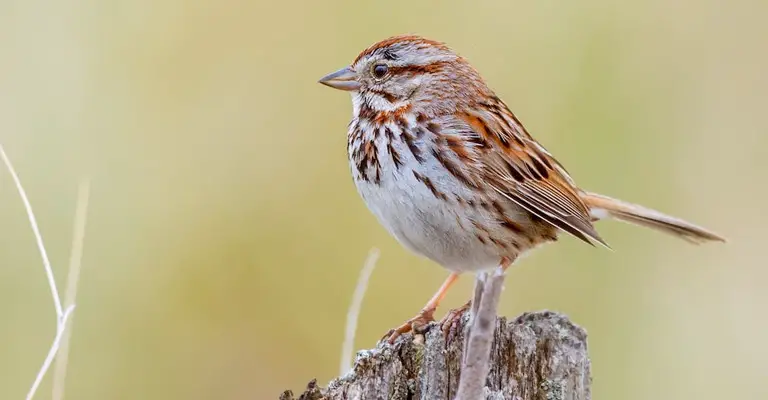
This small, sparrow-like bird is found throughout South America, from the Andes Mountains to the grasslands and shrublands. It has a distinctive rufous collar on its neck and a grayish-brown plumage.
Southern Lapwing (Vanellus chilensis)
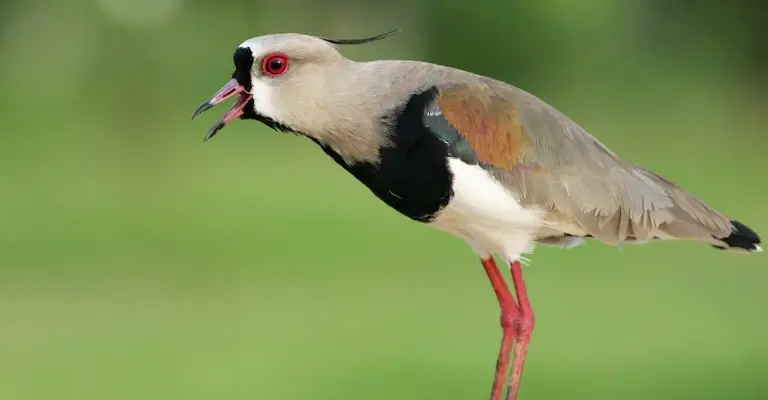
The Southern Lapwing is a large, ground-dwelling bird with a striking appearance. It has a black and white plumage, a crest on its head, and a loud, distinctive call. It is commonly found in open habitats such as grasslands, wetlands, and agricultural fields.
Great Kiskadee (Pitangus sulphuratus)
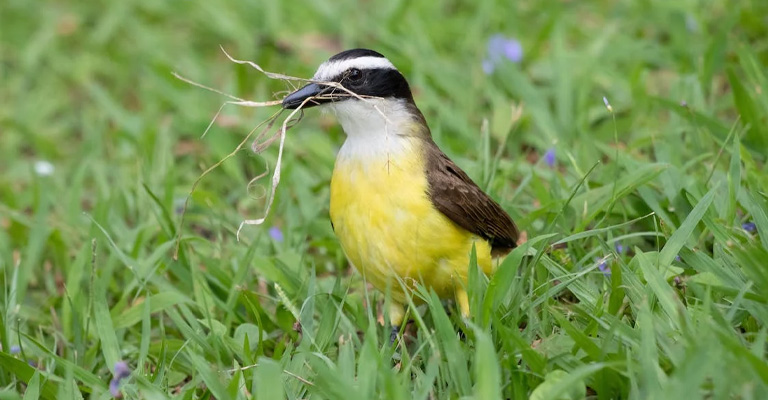
The Great Kiskadee is a medium-sized bird known for its vibrant plumage and loud, distinctive call.
It has a combination of black, white, and yellow feathers, with a white belly and a black band across its chest. It is often found near water bodies and in open woodlands.
Saffron Finch (Sicalis flaveola)
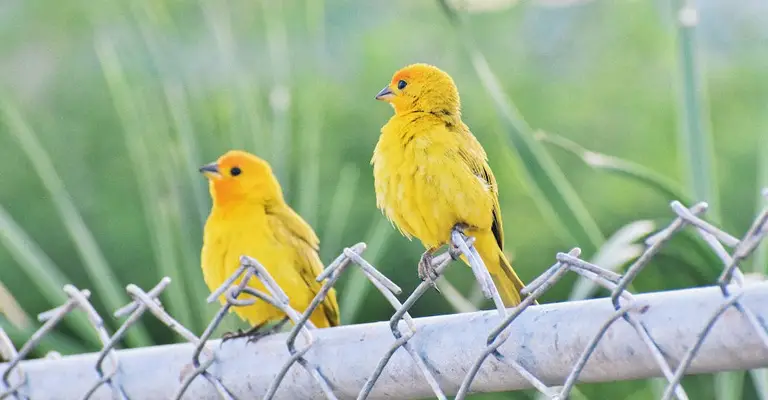
The Saffron Finch is a small, brightly colored bird with yellow plumage and orange facial markings.
It is commonly found in open habitats, including grasslands, gardens, and agricultural areas. Its melodious song and vibrant appearance make it a popular sight in South America.
Blue-and-yellow Macaw (Ara ararauna)
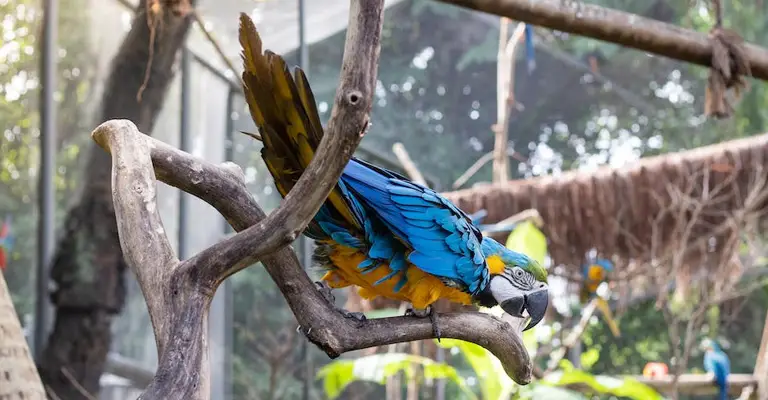
One of the most iconic bird species in South America, the Blue-and-yellow Macaw is known for its striking blue and yellow plumage.
It is found in the tropical rainforests of the Amazon basin and other forested areas. Its loud calls and impressive size make it a sought-after species for birdwatchers.
Southern Caracara (Caracara plancus)

The Southern Caracara is a large bird of prey commonly found in open habitats such as grasslands, savannas, and agricultural areas.
It has a distinctive appearance, with a white neck, a black body, and a red face. It is known for its scavenging behavior and is often seen feeding on carrion.
Glittering-bellied Emerald (Chlorostilbon lucidus)
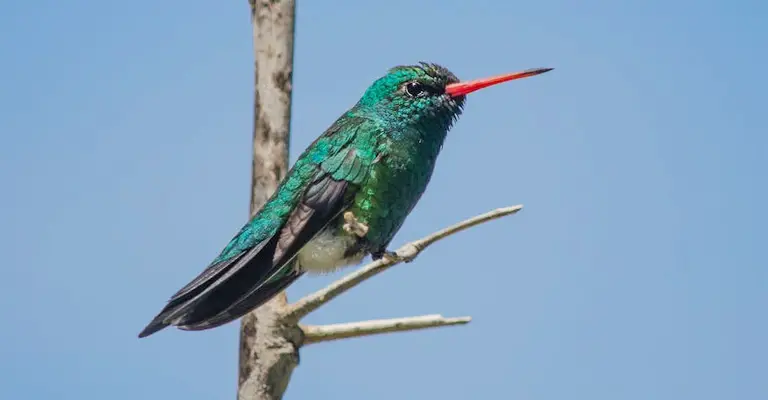
The Glittering-bellied Emerald is a small hummingbird species found in South America’s tropical forests and gardens.
It has a vibrant green plumage, with a glittering blue or purple belly. Its rapid wingbeats and ability to hover make it a fascinating bird to observe.
These are just a few examples of the many bird species that can be found in South America. The continent’s diverse ecosystems support a vast array of avian life, making it a paradise for birdwatchers and nature enthusiasts.
Which Countries of South America Have the Most Bird Species?
Several countries in South America are known for their exceptional bird diversity. Here are some of the countries that have the highest number of bird species:
Colombia
Colombia is often regarded as the birdwatching capital of the world due to its incredible avian richness. With over 1,900 bird species, it has the highest number of bird species of any country on Earth.
Colombia’s diverse habitats, including the Andes Mountains, Amazon rainforest, and Caribbean coast, contribute to its remarkable bird diversity.
Peru
Peru is another birding hotspot in South America, boasting over 1,800 bird species. The country’s diverse landscapes, from the Andes Mountains to the Amazon rainforest and the Pacific coast, provide a wide range of habitats for various bird species.
Peru is particularly renowned for its endemic species and iconic birds like the Andean condor and the Inca tern.
Brazil
As the largest country in South America, Brazil is home to a staggering number of bird species. With over 1,800 species, Brazil offers diverse ecosystems such as the Amazon rainforest, Pantanal wetlands, and Atlantic Forest, which support rich avian fauna.
Ecuador
Ecuador, despite its small size, is a birding paradise with over 1,600 bird species. The country’s unique geography, including the Andes Mountains, the Amazon rainforest, and the Galapagos Islands, contributes to its exceptional bird diversity.
Ecuador is renowned for its hummingbirds, tanagers, and the iconic Andean condor.
Bolivia
Bolivia, with its diverse landscapes ranging from the Andes Mountains to the Amazon rainforest and the Gran Chaco, is home to approximately 1,400 bird species.
The country’s remote and less-explored regions offer opportunities to discover rare and endemic bird species.
It’s important to note that bird species distribution can vary within each country, and the numbers mentioned here are approximate estimates.
Nonetheless, these countries stand out for their remarkable bird diversity and attract birdwatchers from around the world.
FAQs
South America’s exceptional bird diversity can be attributed to several factors. The continent’s large size, varied habitats, and geographic isolation have allowed for the evolution of numerous unique bird species.
The diverse ecosystems, such as the Amazon rainforest and the Andes Mountains, provide a wide range of niches for different bird species to thrive.
Yes, South America is home to several endangered bird species. Examples of endangered bird species in South America include the Hyacinth Macaw, Lear’s Macaw, Blue-throated Macaw, and the Chilean Woodstar. Conservation efforts are crucial to protect these species and their habitats.
South America offers numerous birdwatching destinations that attract enthusiasts from around the world.
The Amazon rainforest in Brazil, Ecuador’s cloud forests, the Pantanal wetlands in Brazil and Bolivia, the Galapagos Islands in Ecuador, and the Atlantic Forest in Brazil are just a few examples.
There are several ways to contribute to bird conservation in South America. Supporting local conservation organizations and initiatives financially or through volunteering can make a significant impact.
Choosing sustainable tourism options that prioritize conservation and respect for bird habitats is also important.
Yes, South America hosts various bird festivals and events that celebrate the region’s avian diversity.
The Manu Birding Festival in Peru, the Birdfair in Brazil, and the Colombia Birdfair are popular events that bring together birdwatchers, researchers, and conservationists.
Bottom Line
South America’s well-deserved title as the Bird Continent is a testament to the region’s remarkable avian biodiversity.
The continent’s diverse ecosystems, ranging from the Amazon rainforest to the Andes Mountains, provide a wide range of habitats for countless bird species to thrive.
South America is home to an impressive array of endemic species, found nowhere else on Earth, making it a truly unique and irreplaceable part of our planet’s natural heritage.
However, with habitat loss, climate change, and other threats, it is crucial to prioritize conservation efforts to protect these avian treasures and ensure their survival for future generations.
By appreciating and safeguarding South America’s rich birdlife, we can contribute to the preservation of our planet’s incredible biodiversity.